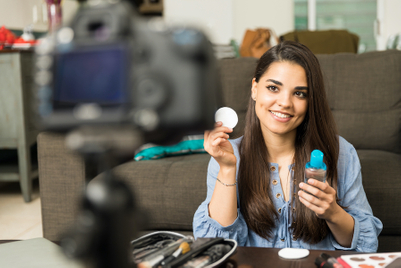
Source: iResearch

Source: OMD

Source: KPMG China's Connected Consumers

Source: KPMG China's Connected Consumers

Source: KPMG China's Connected Consumers

Source: KPMG China's Connected Consumers

Source: KPMG China's Connected Consumers

Source: OMD

Source: OMD

Source: AdMaster

Source: OMD
Data from iResearch presents some of the most widely used news and video platforms, while OMD shows the trajectory of digital advertising spend since 2014: over the next two years, it is expected to total Rmb 393 billion (nearly US$60 billion).
OMD also gives details of attitudes to mobile advertising. While almost everyone accepts that it’s necessary, most also find it annoying or disruptive. Clearly there is lots to be done to improve the quality of mobile marketing and move it away from push-messaging to services or entertainment.
However, encouragingly, three quarters of people surveyed said they also sometimes find the mobile advertising they are served interesting.
Smartphone advertising is shown to be the medium with the biggest influence on purchase in first- and second-tier cities, with the average person seeing 8.5 ads in a day. Still images are currently the preferred format.
Examining online TV consumption, OMD found the highest percentage of users (35 per cent) spend two hours per day watching it. While a variety of choices exist, most are loyal to a particular video platform not so much for the services it offers but out of habit. But close to 20 per cent stated they favour a particular platform because “it carries less advertising.” Yet online TV advertising scored higher than TV in a number of areas: people appear to find it more relevant, varied and less intrusive. The only factor where regular TV comes out on top is for trustworthiness.
A further piece of research, from KPMG, looks at online purchase behaviour with special attention to the luxury space. China’s Connected Consumers shows that for many Chinese, online is the main platform for luxury purchases, with the maximum amount people are comfortable spending on one item having risen dramatically to more than US$600. Cosmetics are the most frequently purchased products online, followed by bags and apparel. Relatively few people part with the full non-discounted price for anything, but those under 24 are the most likely to do so. As important as ecommerce is, physical stores cannot be written off: nearly half of respondents reported having bought luxury products in a shop after seeing them online.













.jpg&h=334&w=500&q=100&v=20250320&c=1)
.jpg&h=334&w=500&q=100&v=20250320&c=1)

.png&h=334&w=500&q=100&v=20250320&c=1)

.png&h=334&w=500&q=100&v=20250320&c=1)

.jpg&h=334&w=500&q=100&v=20250320&c=1)









